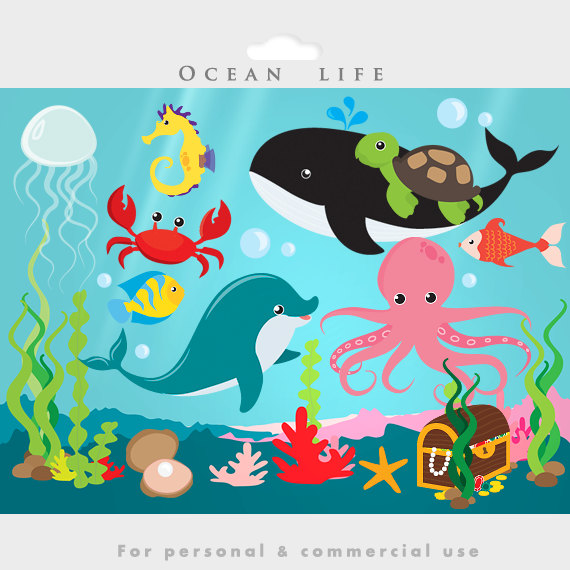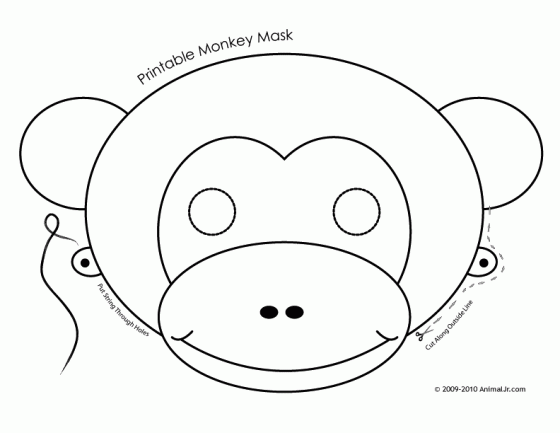Everyone has their favorite activities in the ESL classroom (hangman, a game, perhaps a toy doll), but we have found that we reach for one toy over and over for many different ages and purposes: the ABC foam blocks. These are the kind that we use:

Chenille Kraft WonderFoam Learning Blocks, available on Amazon.com
These blocks can be used from ages 1-10 (and probably older!). Here are a few ways to incorporate these activities into your lesson:
Very Young Learners:
- Name the colors
- Count the blocks
- Build a tower (4 blocks per student) and then make them count to 5 before knocking it down
- Do different actions with your blocks: put them on your shoulder, on your hand, on your foot, on your leg, on your tummy, on your head. Count to three and then tip your head so that the block falls on the floor (a big hit!).
- Read the numbers
- Race to the end of a room to get a specific color out of the pile of blocks (great for when your students are so hyper that your lesson plan is sinking!)
Young primary students:
- Group the colors, numbers, letters, etc.
- Identify the pictures (show them quickly so it’s not so easy!)
- Guess the color (number, etc.) with your eyes closed
- Build a big tower, letting each student add one block, until it falls down. The student to place the last block is out!
- Play hangman with the pictures on the block.
Older primary students:
- Write one of the words on the blackboard from the blocks and have the group give the student that is “it” hints to guess the word. Obviously, the student that is “it” can’t look at the blackboard and the group can’t say the word on the blackboard.
- Hide the blocks around the room and have them write prepositional statements about where they find the blocks (“The block is between the book and the pen.”)
- Use them as conversation starters (“This block has a penguin. Penguins are animals that live in cold terrain. They eat…”)
- Play “I’m going to Grandmother’s house and I’m taking,” and the block that they pull out of the bag is the letter that they have to use.
As you can see, if we could only invest in one teaching toy, it would definitely be this one! What’s your favorite teaching toy? Leave us a comment and let us know!



























